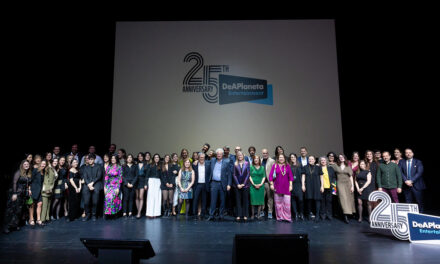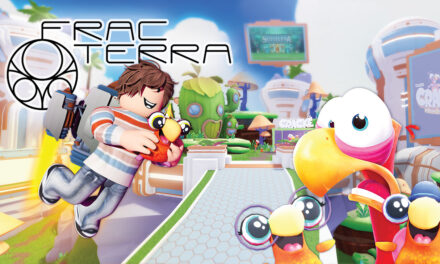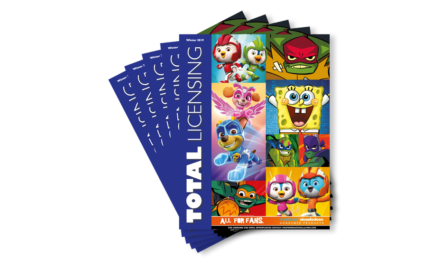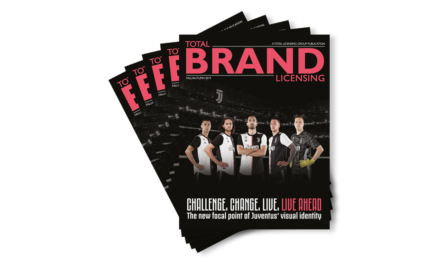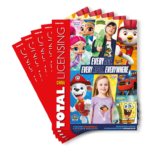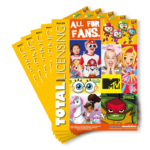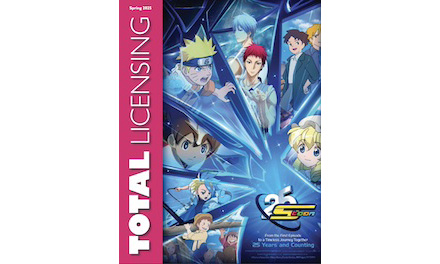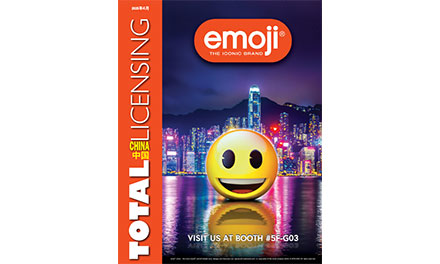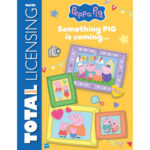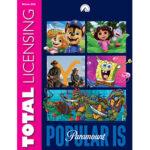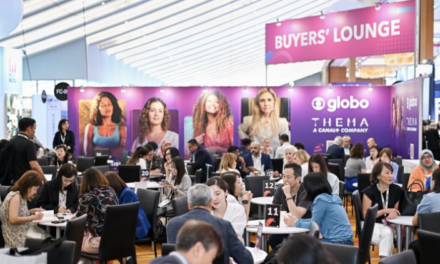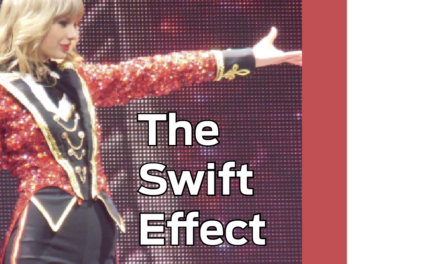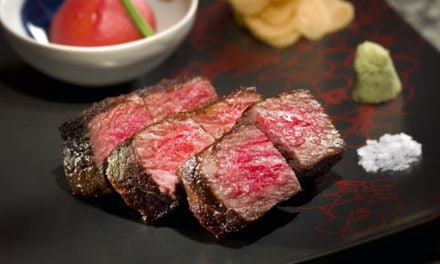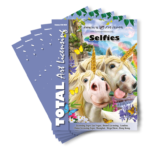
How can travel and destination brands recover post Covid-19?
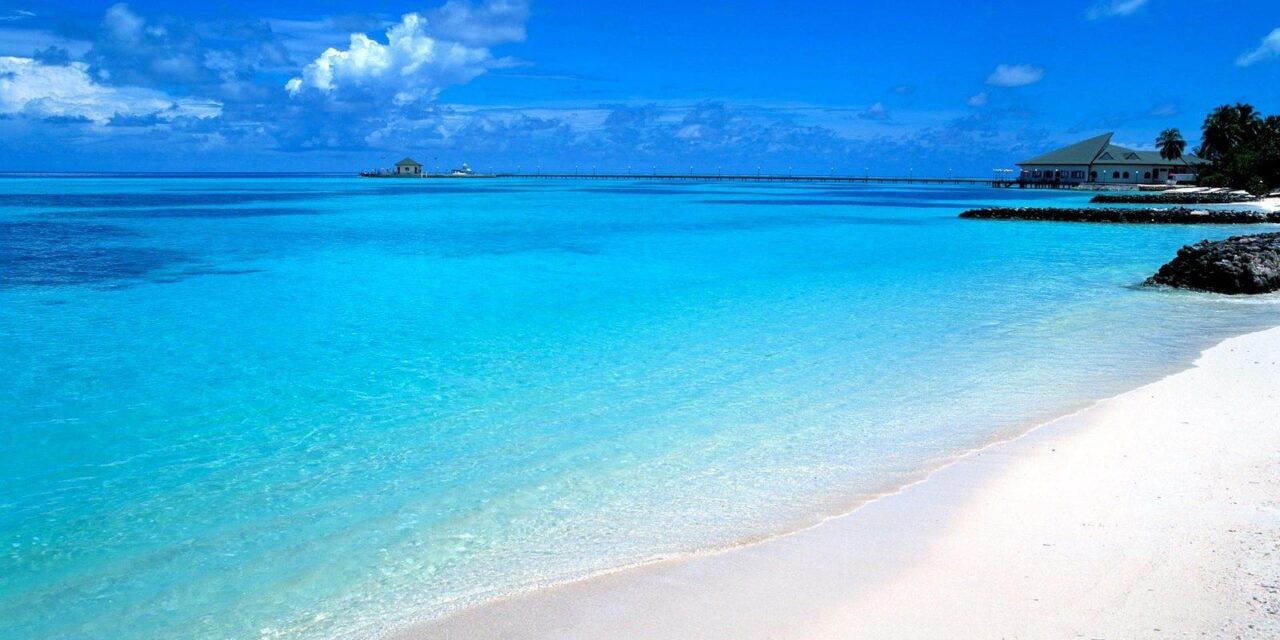
Sofia Panayiotaki, CEO, PRM (PR Mediaco)
At the end of the Cretaceous period, 66 million years ago, an asteroid hit what is now the northern tip of Mexico’s Yucatan Peninsula. The impact triggered extreme global cooling, wiping out the dinosaurs and forcing evolution in a new direction. It’s an event analogous with the effect Covid-19 will have on the global travel market. Landscapes will change, and as those unable to adapt become extinct, new products will emerge.
We know what that landscape will look like, and what you need to do not only to adapt, but to thrive.
Phase 1: REPORT
Covid-19 has plunged the world into a new Dark Age that is turning anxious eyes to whatever lights are shining. Be one of the brightest lights by acknowledging not only the love and concern your clients have for your product, but also the curiosity that engaging reportage can engender in those who’ve yet to visit.
This is not the time to sell, but an opportunity to report: openly and honestly, like a letter from home. Regular bulletins throughout Phase One offer the opportunity to improve existing relationships and establish new ones – by recognising the isolation felt by those under domestic lockdown across the world, and their desire not just to escape, but to connect with people undergoing similar duress in places that made some of their happiest memories. Pictures, videos, case studies and interviews with ordinary people bundled into a three-minute read will offer clients a privileged insight into life at your home, strengthen connections and, crucially, create the yearning to visit. The voice you use to articulate this message is key. To be credible, it can only be utterly honest. Counterintuitively, this is no time for committee-crafted corporate messaging. Rather, your letters from home should be warm, chatty, informal and empathetic.
Phase 2: REASSURE
When travel restrictions are lifted we will move into the global damage assessment stage. Destinations, services and infrastructure will be in a post-war state: a mixture of ruin and opportunity. Your candid reporting of true stories from the front line during Phase One will have created an essential sense of tension and jeopardy, and now is the time for resolution. We study and learn from the triumphs and errors of destination marketing, from the Caribbean post-Maria, fiercely maintaining your honesty while reassuring travellers that you’re open for business and managing expectations in a positive way. e.g. Naxos hasn’t been bombed back to the stone age by a wave of Covid-related business collapses. Instead, it offers a return to the Aegean idyll of an era before mass tourism. And we need to understand what post-Covid travellers want: rest, recuperation and relaxation. The chance to be with family, to heal and to give thanks. So let’s look at what assets we have to meet those needs and push them to the front of the stall.
Phase 3: REINVENT
Phase Three is future-focused. We need never speak of Covid again as we pick up the story the pandemic eclipsed. Lockdown has given us pause to see the ills of society and time to kick our addictions to that which we always knew was wrong. Instagram, AirBnB, overtourism – arguably viral infections in themselves – may have no place in the future of travel. Many destinations, through lack of vision, will revert to that level of marketing, but the disease has presented the world with opportunities to change: to become healthier, more mindful and caring. Remember Greta? The flu may have gone but climate change is still here, and with the reset button having been pushed on the travel industry, here’s a divine opportunity to drop bad practice – the jet-fresh oysters; the aircon; the heli transfers – and become leaders of the travel revolution.
